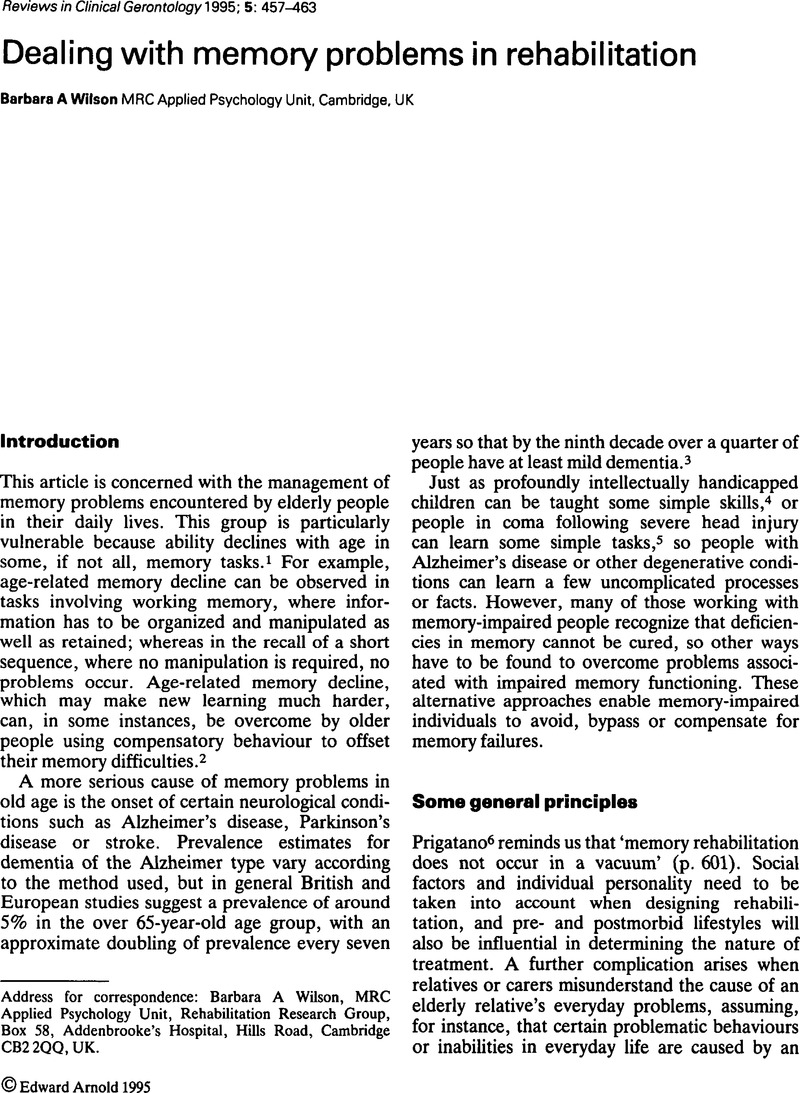Crossref Citations
This article has been cited by the following publications. This list is generated based on data provided by Crossref.
Burge, Kathryn
1998.
Patients presenting with memory difficulties.
British Journal of Therapy and Rehabilitation,
Vol. 5,
Issue. 1,
p.
4.
DABNEY, DEAN A.
and
VAUGHN, MICHAEL S.
2000.
Incompetent Jail and Prison Doctors.
The Prison Journal,
Vol. 80,
Issue. 2,
p.
151.



